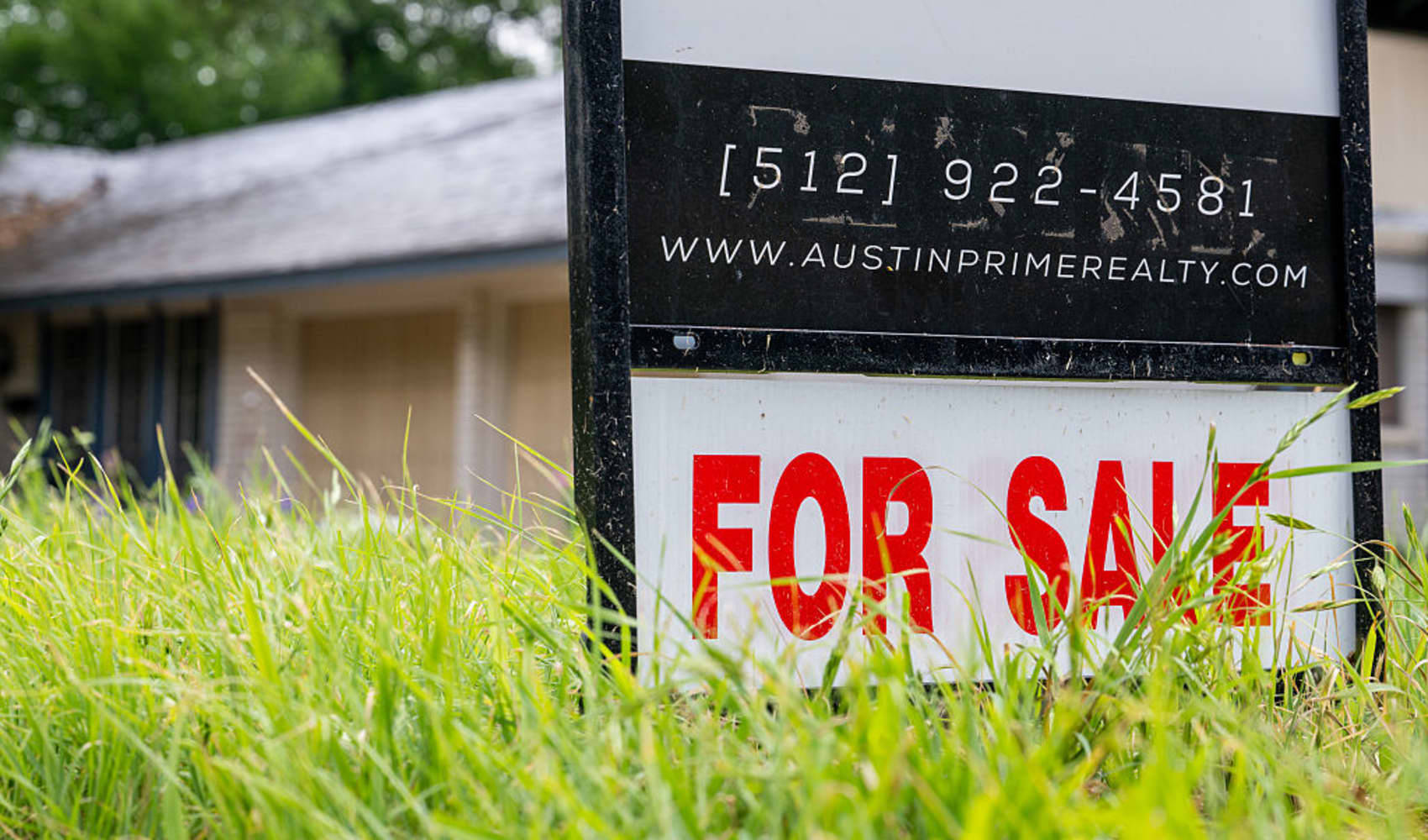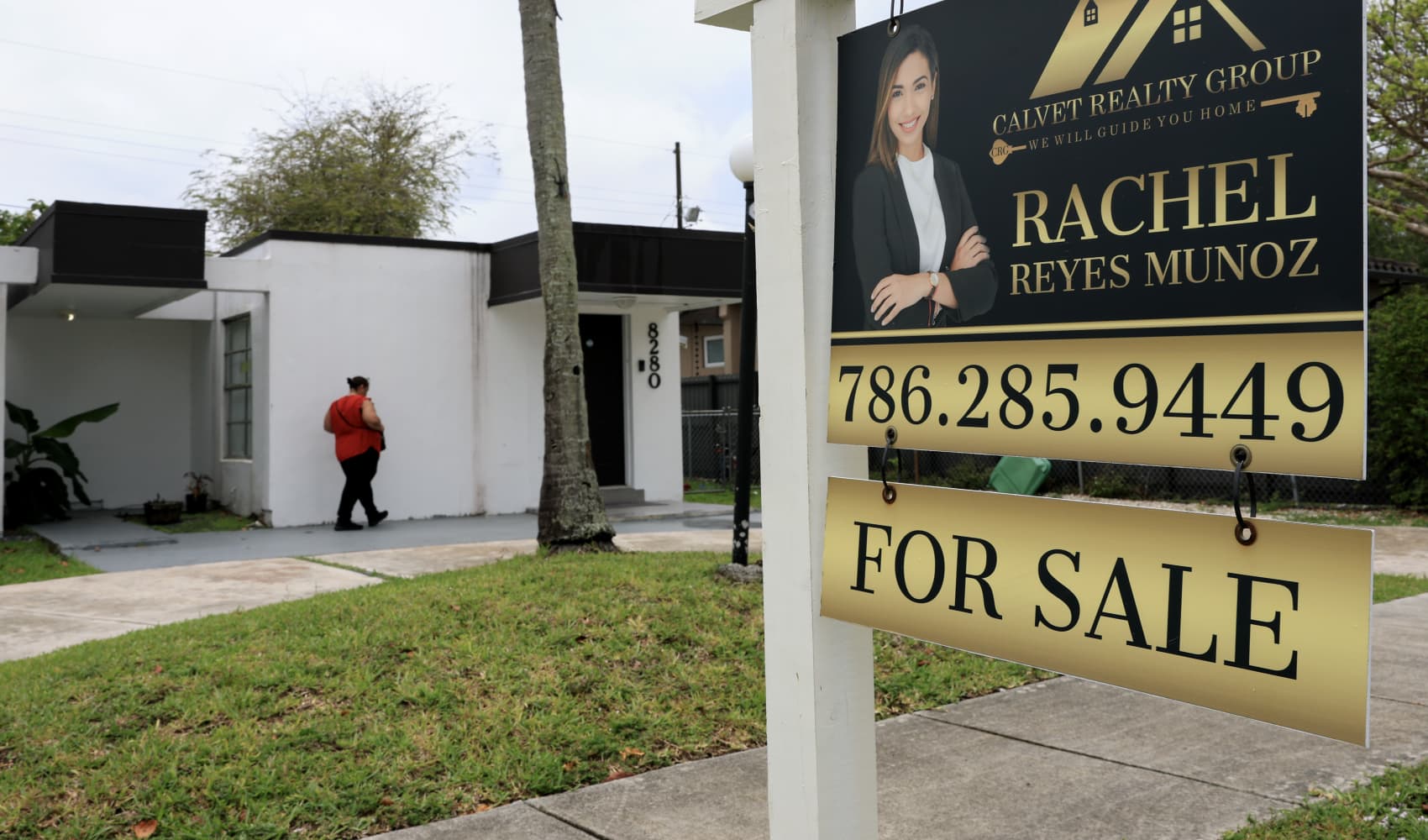Stock Market Friday: 5 Things to Know Before You Invest
5 Things to Know Before the Stock Market Opens This Friday: Is Your Portfolio Ready?
Introduction: Getting Ready for Friday's Market Action
Another week of trading is drawing to a close, and the stock market has been putting on quite a show! But before you settle into your Friday routine, it's crucial to get a handle on what's happening. Are we headed for a continued rally, or is a correction lurking around the corner? This article breaks down the five most important things you need to know before the opening bell rings. So, grab your coffee, put on your thinking cap, and let's dive in!
1. The Bulls Are Running: A Winning Streak Continues
Three Days Strong
Get ready for a potentially exciting Friday! Stocks are currently enjoying a three-day winning streak. Think of it like a marathon runner hitting their stride. But the question is, can this momentum carry us through to the end of the week? This positive trend could signal renewed investor confidence, but it's always wise to proceed with cautious optimism.
Ending the Week on a High Note?
The current trajectory suggests that the week will close higher. This is encouraging, especially after the market turbulence we've seen recently. Are you feeling more confident about your investments? Perhaps it's a good time to review your portfolio and see if it aligns with your long-term goals.
2. Index Check-In: Dow, S&P, and Nasdaq Performance
Dow's Dance
The Dow Jones Industrial Average has risen approximately 2.5% this week. While it might not sound earth-shattering, it demonstrates the resilience of established blue-chip companies. This suggests a growing faith in established industry leaders.
S&P's Surge
The S&P 500, a broader measure of the market, has climbed by 3.8%. This indicates more widespread gains across different sectors. Is this a sign of a healthy and diverse recovery, or just a temporary bounce? Time will tell.
Nasdaq's Ascent
The Nasdaq Composite, heavily weighted towards tech stocks, has surged 5.4%. This jump is largely attributed to a recovery in megacap tech stocks. But remember, tech stocks can be volatile. Think of it like a rollercoaster – exhilarating, but with plenty of ups and downs.
3. Tech Titans in the Spotlight: Alphabet's Revenue Growth
Google's Parent Company Delivers
Alphabet, the parent company of Google, reported a 12% revenue growth for the first quarter. That's a significant increase! This growth was largely driven by the strength of search and advertising. In a world increasingly reliant on digital information and marketing, this news reinforces the enduring power of these core businesses.
What Does This Mean for the Market?
Alphabet's strong performance can boost investor confidence in the tech sector and the overall market. However, it's important to remember that one company's success doesn't guarantee universal prosperity. Keep an eye on how other tech giants perform to get a clearer picture of the industry's health.
4. Housing Market Reality Check: Home Sales Slow Down
March's Sluggish Sales
Home sales last month hit their slowest March since 2009. Ouch! That's a significant slowdown. This could be attributed to several factors, including rising interest rates, inflation, and limited housing supply. These numbers suggest potential headwinds for the housing market.
Impact on the Broader Economy
The housing market is a key indicator of economic health. A slowdown in home sales can ripple through the economy, impacting construction, real estate, and related industries. It's crucial to monitor this trend closely to understand its potential consequences.
5. Key Takeaways and Potential Strategies
Portfolio Review Time
Given the current market conditions, it might be a good time to review your investment portfolio. Are you comfortable with your current asset allocation? Consider consulting with a financial advisor to ensure your portfolio aligns with your risk tolerance and financial goals.
Stay Informed and Adaptable
The market is constantly evolving. Stay informed about economic news, company earnings, and global events that could impact your investments. Be prepared to adjust your strategy as needed. Think of it like navigating a ship – you need to constantly adjust your sails to stay on course.
Long-Term Perspective
Remember that investing is a long-term game. Don't get too caught up in short-term market fluctuations. Focus on your long-term goals and stick to your investment plan. After all, patience is a virtue, especially when it comes to investing.
Conclusion: Navigating the Market Landscape
So, there you have it: five crucial things to keep in mind before the stock market opens this Friday. Stocks are on a winning streak, driven by gains in the Dow, S&P, and Nasdaq. Alphabet's strong revenue growth is a positive sign for the tech sector, while a slowdown in home sales indicates potential challenges for the housing market. Remember to review your portfolio, stay informed, and maintain a long-term perspective. Good luck, and happy trading!
Frequently Asked Questions (FAQs)
Here are some frequently asked questions to help clarify common investor concerns:
1. Is the current stock market rally sustainable?
While the recent rally is encouraging, sustainability is never guaranteed. Economic data, earnings reports, and geopolitical events can all impact market direction. It's important to remain vigilant and avoid complacency.
2. How does the housing market slowdown affect my investments?
A slowdown in the housing market can negatively impact sectors like construction, real estate, and home improvement. If your portfolio is heavily weighted towards these sectors, you might consider diversification to mitigate risk.
3. Should I buy or sell tech stocks right now?
The decision to buy or sell tech stocks depends on your individual risk tolerance, investment goals, and belief in the long-term prospects of specific companies. Conduct thorough research and consult with a financial advisor before making any decisions.
4. What impact do rising interest rates have on the stock market?
Rising interest rates can make borrowing more expensive for companies, potentially impacting their growth and profitability. This can lead to a decrease in stock prices, especially for companies with high debt levels.
5. How can I protect my portfolio from market volatility?
Diversification is key to protecting your portfolio from market volatility. By spreading your investments across different asset classes, sectors, and geographic regions, you can reduce the impact of any single investment's performance on your overall portfolio.







